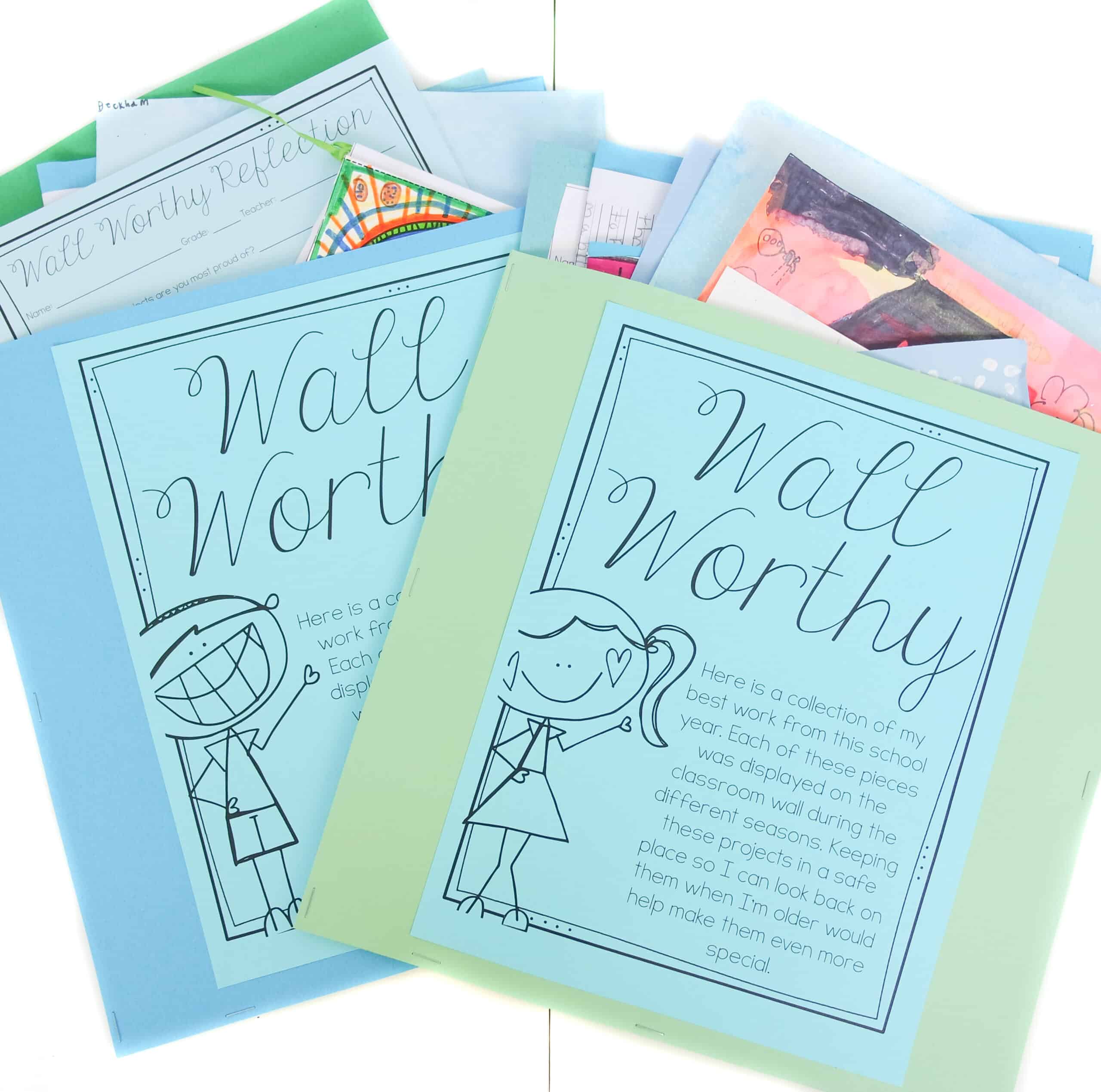
Teaching students how to measure length naturally lends itself to a hands-on learning experience. But you may be ready to take things up a notch from your go-to classroom measurement scavenger hunt. These measurement activities create a more meaningful, engaging experience that connects this real-world skill to your classroom.
All five of the ideas I’m sharing today will allow your students to experience your measurement unit in unique, hands-on ways, and truly help them build a strong foundational understanding of how to measure length.
When your elementary students are getting the hang of measuring length, provide rulers that start at zero without that extra gap at the beginning. This will help them get more accurate measurements out of the gate and boost their confidence as they work to master this new skill.
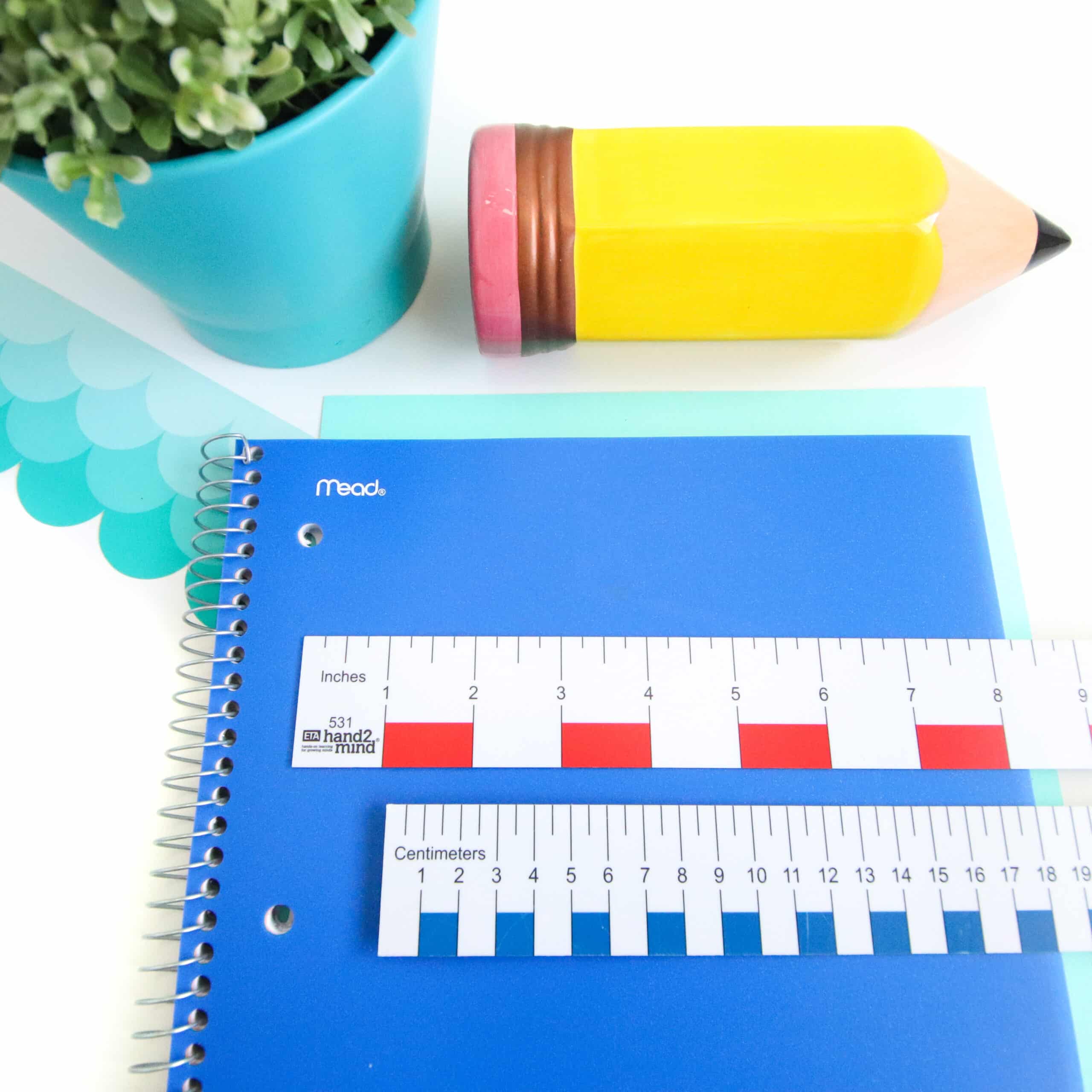
These flexible rulers by ETA Hand-To-Mind are the only rulers you’ll ever need. Here’s why you’ll love them:
Bring a hands-on focus to your length measurement unit by celebrating students’ learning with a unique math project that sparks friendly competition. Measure-Thon has everything you need (including a completed sample project and editable rubric) which makes adding this measurement activity to your schedule a no-brainer.
During the Measure-Thon simulation, your students will compete in four measuring events. They will test their physical strength as they blow, kick, flick, and toss a cotton ball through the air. They’ll also flex their mental power as they measure the distance their cotton ball travels using centimeters, inches, and feet.
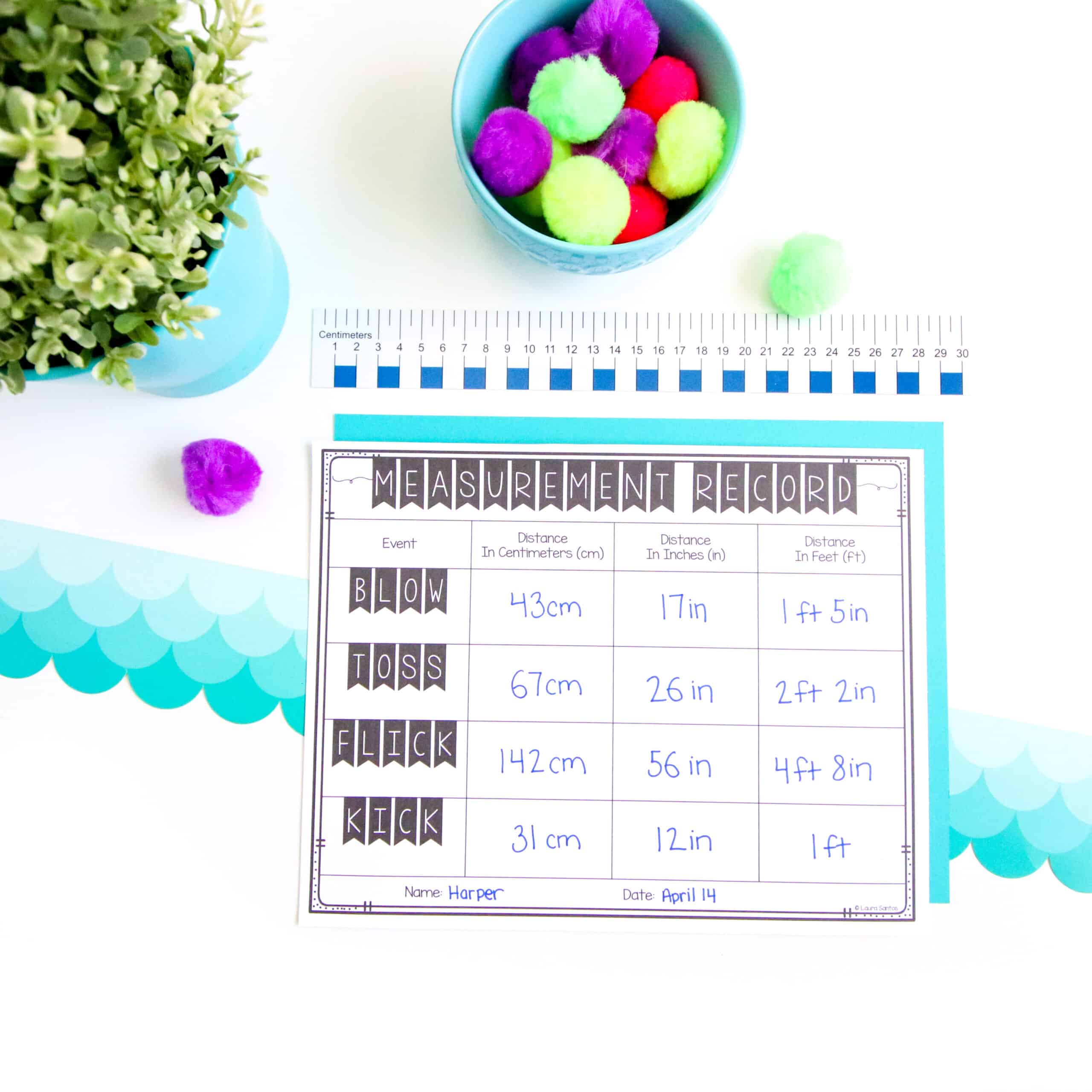
Here are the steps your students will take as they work towards becoming champion Mathlete:
A detailed teacher’s guide outlines every step of the Measure-Thon experience with clear visuals and step-by-step instructions. A ready-to-use slide deck helps you guide students through each phase of this measurement activity. Rubrics and reflection prompts will encourage your students to reach their learning goals throughout the project.
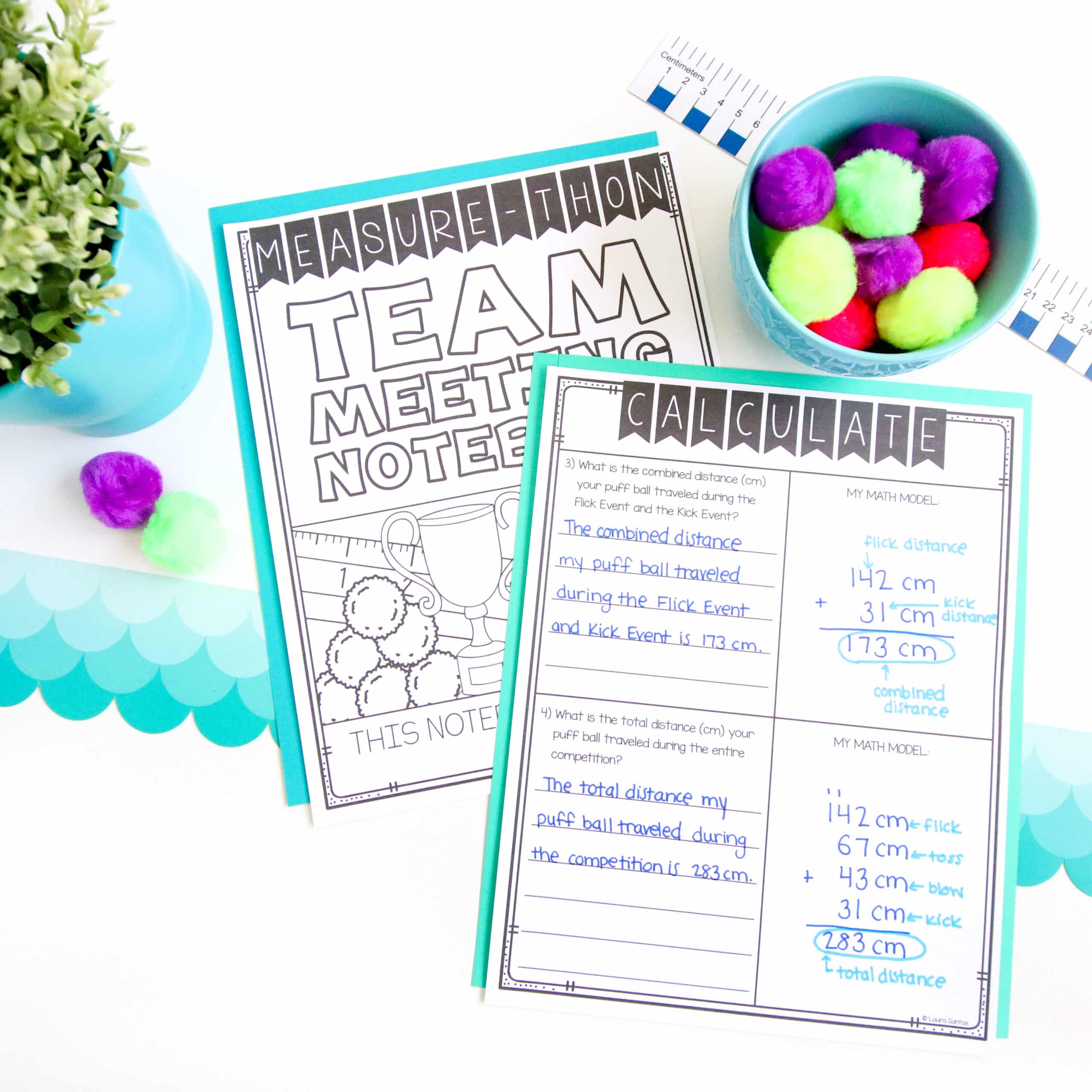
♥ “I used this as a cumulative review at the end of our measurement chapter. My kids had so much fun! Everyone was engaged, and everyone was able to fully participate. Perfect activity. Thank you!” – Elizabeth P.
♥ “Oh my goodness… talk about engagement!! My kids LOVED this activity! I was also observed during one of the days, so I appreciated the standards and station posters to give clear direction! Thank you!” – Kacie B.
♥ “I love this project and how it involves all the students! We did this for a week following our measurement unit as a review for our upcoming test. I will continue to use this every year!” – Elise V.
♥ “This is a fantastic resource to use with students to emphasize skills in measurement. I found this when I was looking for additional resources to use after our measurement unit and love how this is laid out.” – Caitlin A.
♥ “My kids went crazy for this!” – Ashley L.
If you click the button above, you will be directed to the original Measure-Thon. I also have a fall-themed version and a winter-themed version in my shop.
Math games are a friendly way to invite students to show their understanding of length measurement through conversation and problem-solving.
When you carefully select games that give your students an opportunity to practice foundational measurement skills while having fun & communicating with their classmates, learning becomes more effortless.
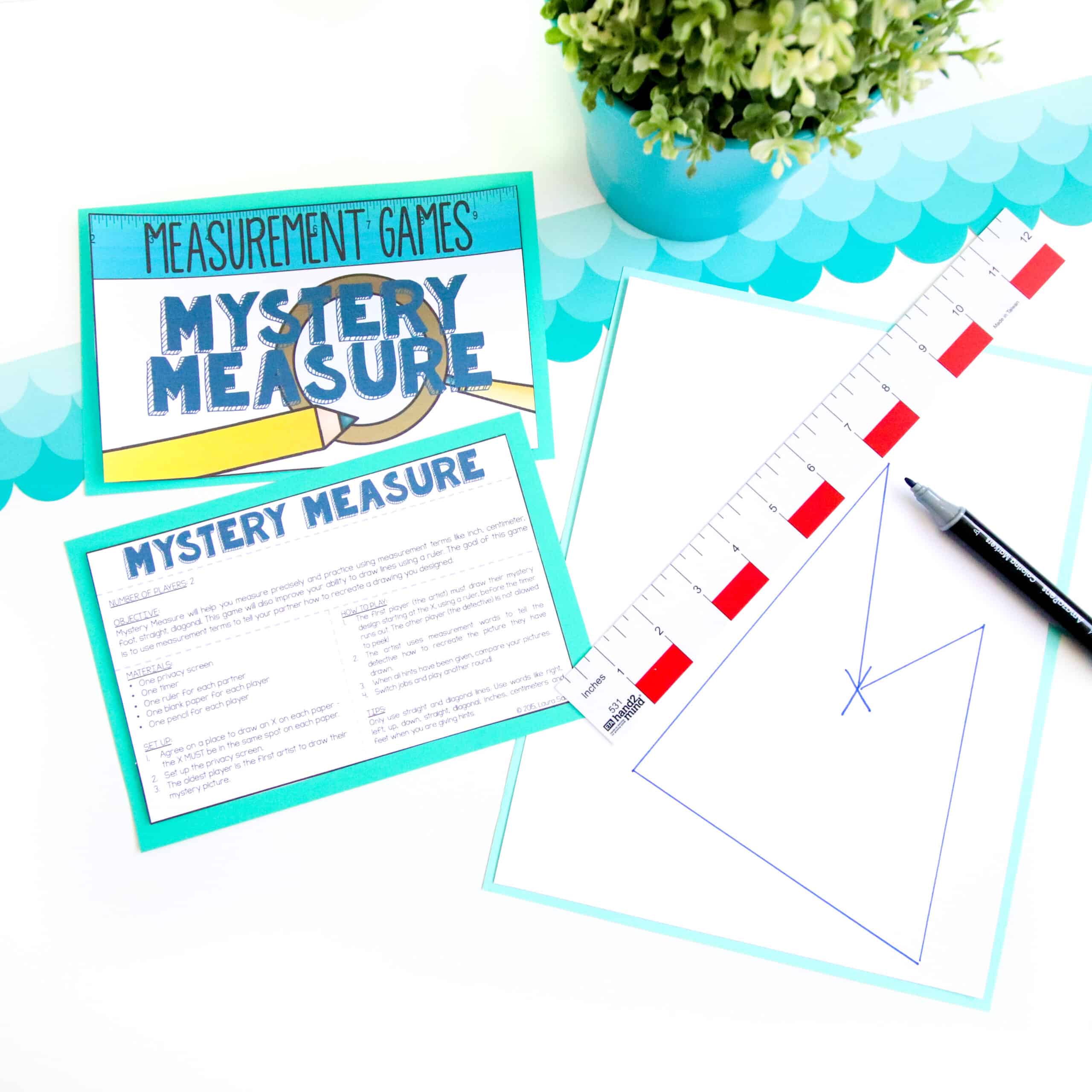
If you are looking for games that get your students up, moving, talking, and laughing, Core Inspiration’s Hands-On Measurement Games are a perfect measurement activity for your classroom.
One of the best things about these math games is you can easily walk around the room while students play and get a better idea of each student’s understanding of the measurement skills you’ve introduced so that you can plan and adjust instruction accordingly.
No printable worksheets to add to your grading pile… just straightforward, meaningful observation data. Your students will have so much fun playing, they won’t even notice how much “work they’re getting done” and how much data you’re able to collect!
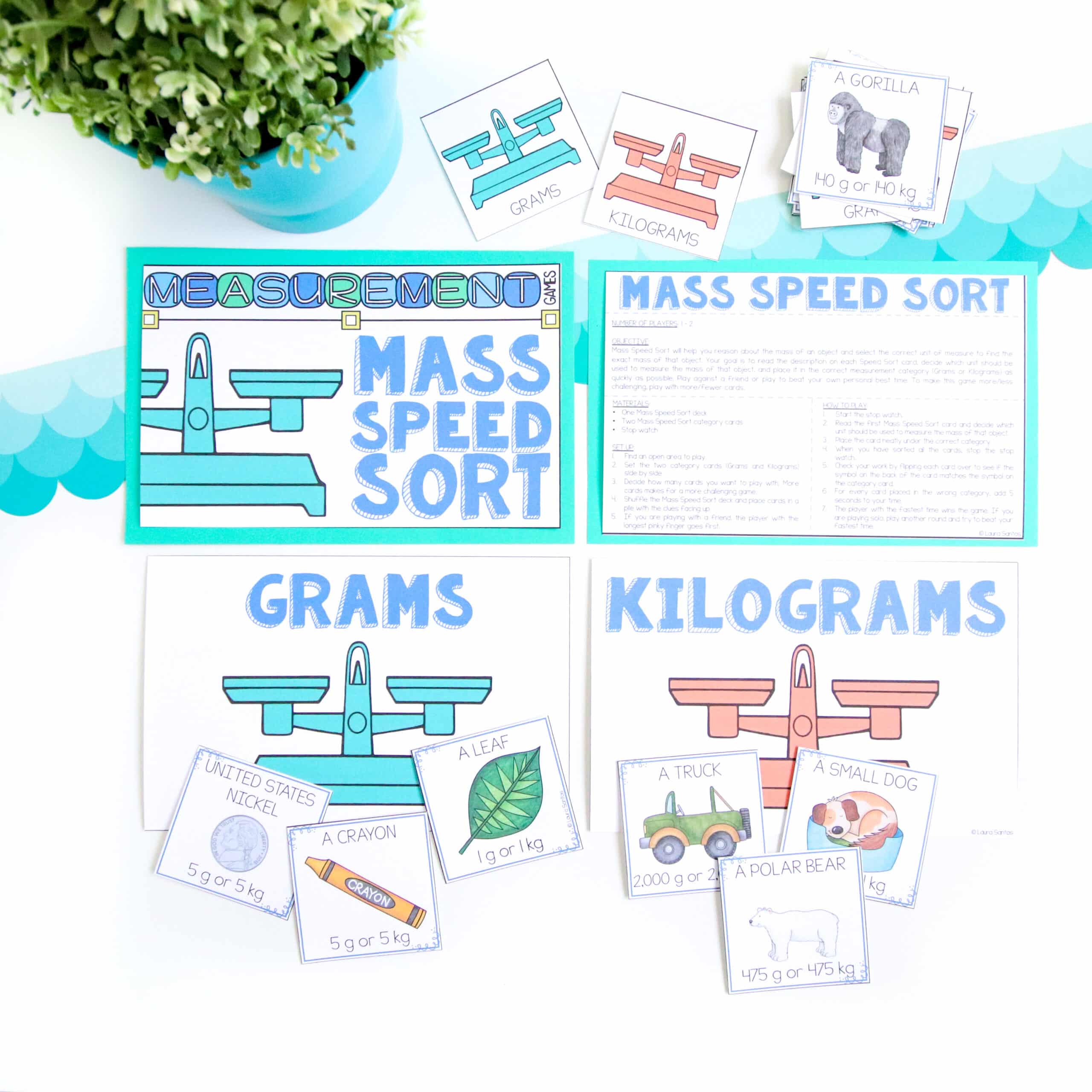
No matter how you organize your math block, these games make it a breeze to incorporate hands-on measurement practice in your elementary classroom. Teachers have successfully used these games for:
♥ “These hands-on games were a wonderful way to add play into our math centers. They were highly engaging and helped solidify skills students were working on in a fun and active way. “ – Bethany T.
♥ “My students loved this resource and gave some great in-class collaboration working together with a partner to learn about measurements and how to choose and use the appropriate tools.” – Rachel S.
♥ “My students loved getting up and moving while working on their measurement skills. These were some of our favorite stations in the unit!” – Kimberly C.
When you hear creativity and measurement in the same sentence, art projects are probably one of the first things that come to mind. If you’re not up for a math-themed art project this time around but still want to harness your students’ creativity and push them to think outside the box, give these no-prep measurement activities a try.
Each printable measurement activity in this resource leads to:
The open-ended questions included in each measurement activity make this resource the perfect self-differentiation tool and give you insight into how deeply your students understand measurement math concepts.
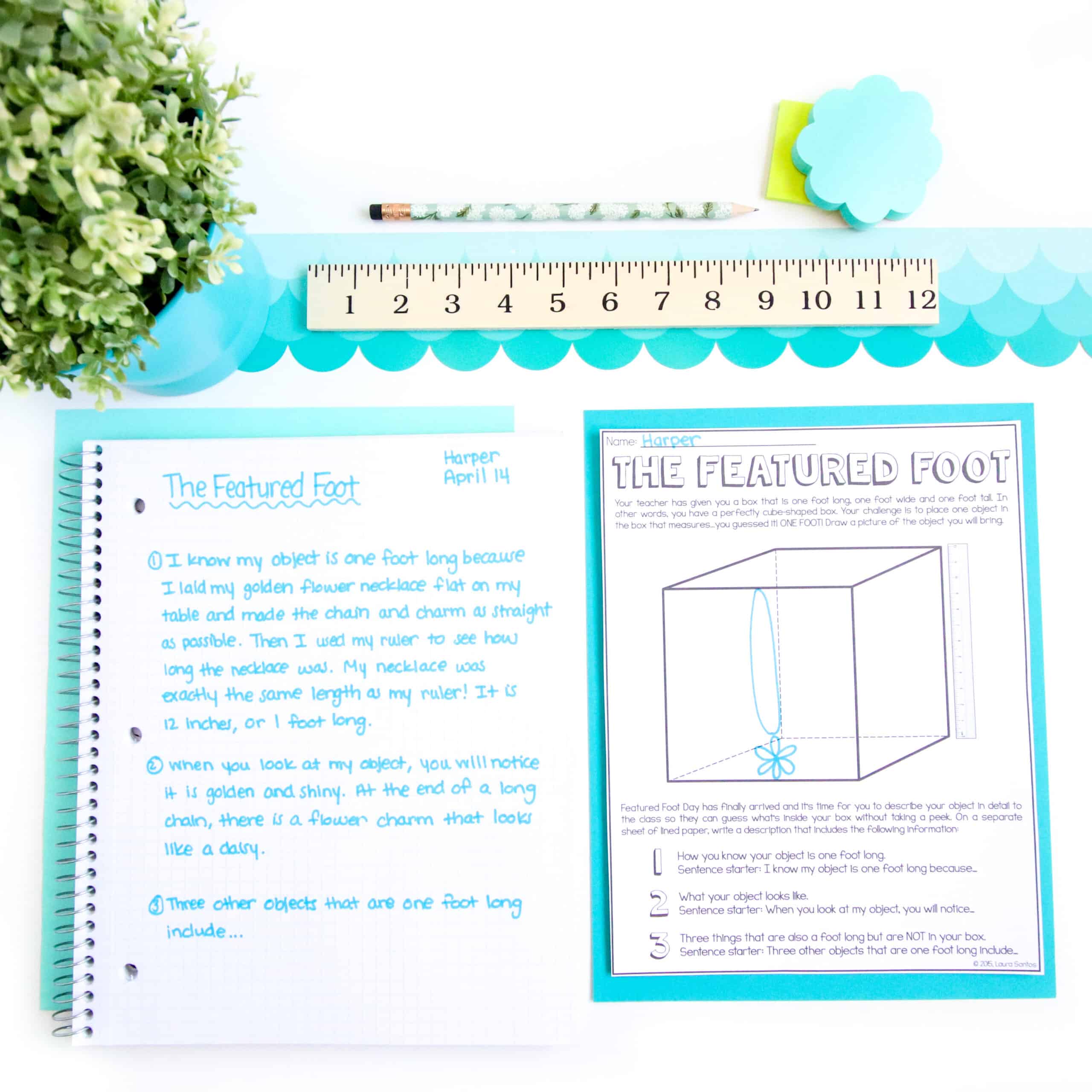
Boost engagement and problem-solving skills during your measurement unit by providing your students with a variety of multi-step word problems written at different mastery levels. Differentiated instruction just got a whole lot easier for you and more motivating for your students!
With three types of task cards to choose from, your students will participate in rigorous problem-solving opportunities that meet them at their current level of understanding.
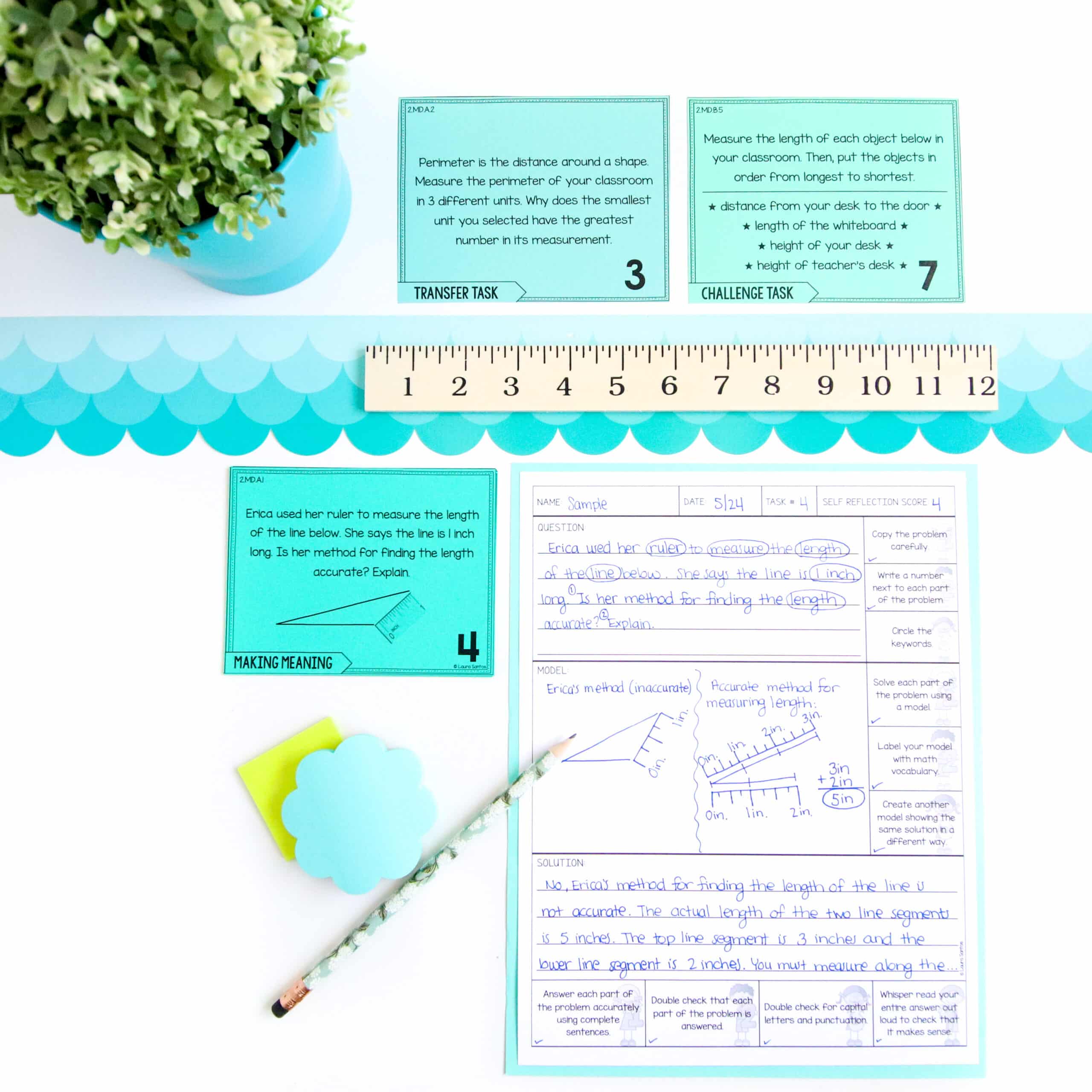
With these five must-haves, you can provide effective differentiation to ensure all students have adequate hands-on practice during your measurement unit. To make your teacher life even easier, I’ve linked all five of the resources I’ve shared in this post in the list below. I hope your measurement unit is more fun, easier, and more effective than ever before!

I’ve been an elementary teacher for ten years, and love sharing tips and resources that make differentiated learning more manageable for you. Thank you for visiting.
Learn More
Dropping by with weekly tips, classroom strategies, and free content created with you in mind.
Join me and other 2nd through 4th grade educators in the Teaching with Core Inspiration Facebook Group. This is a place to collaborate, ask questions, and learn how teachers like you are using Core Inspiration resources in their classrooms. Hope to see you there!
© 2024 Core Inspiration ∙ Website by KristenDoyle.co